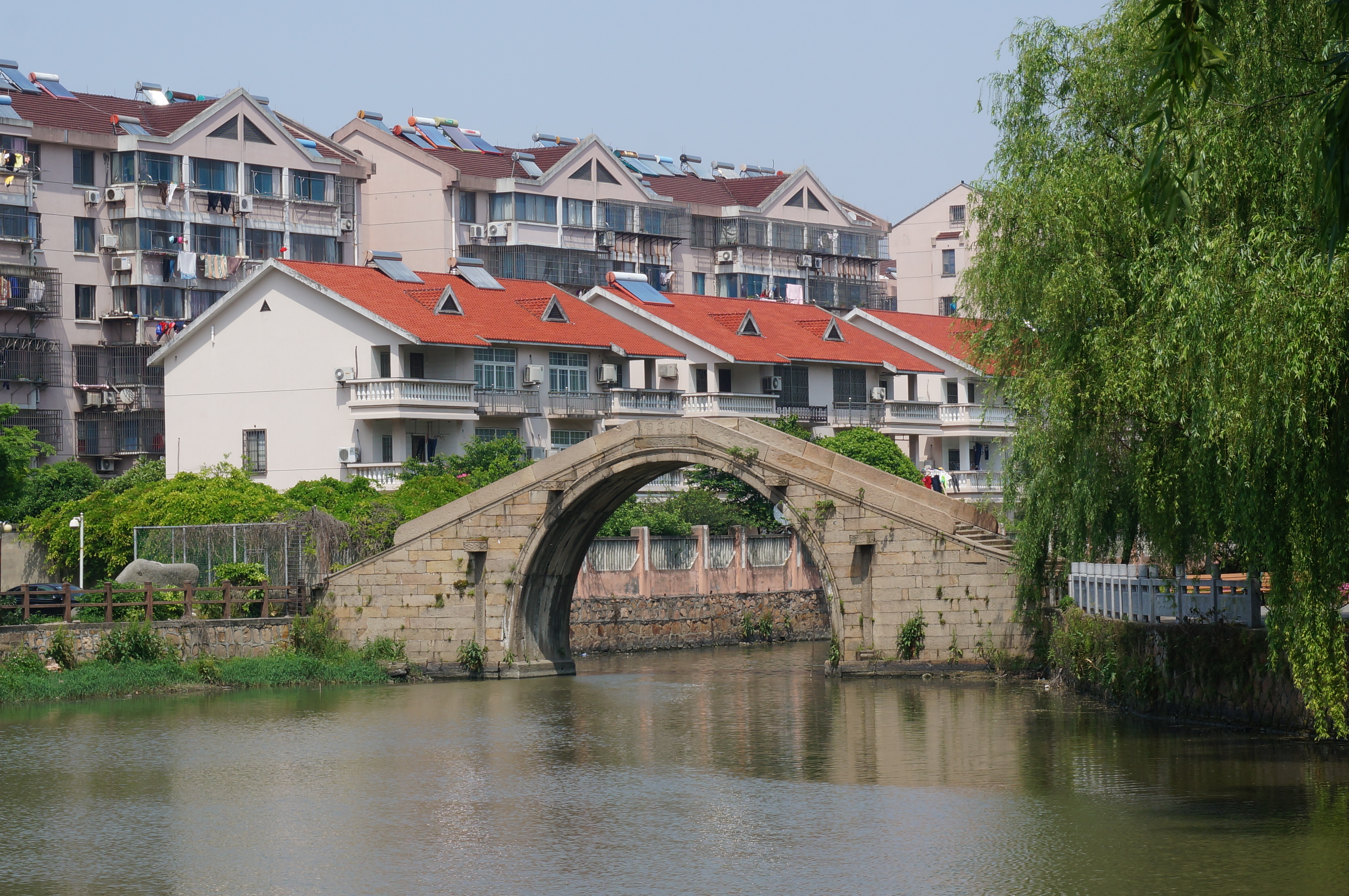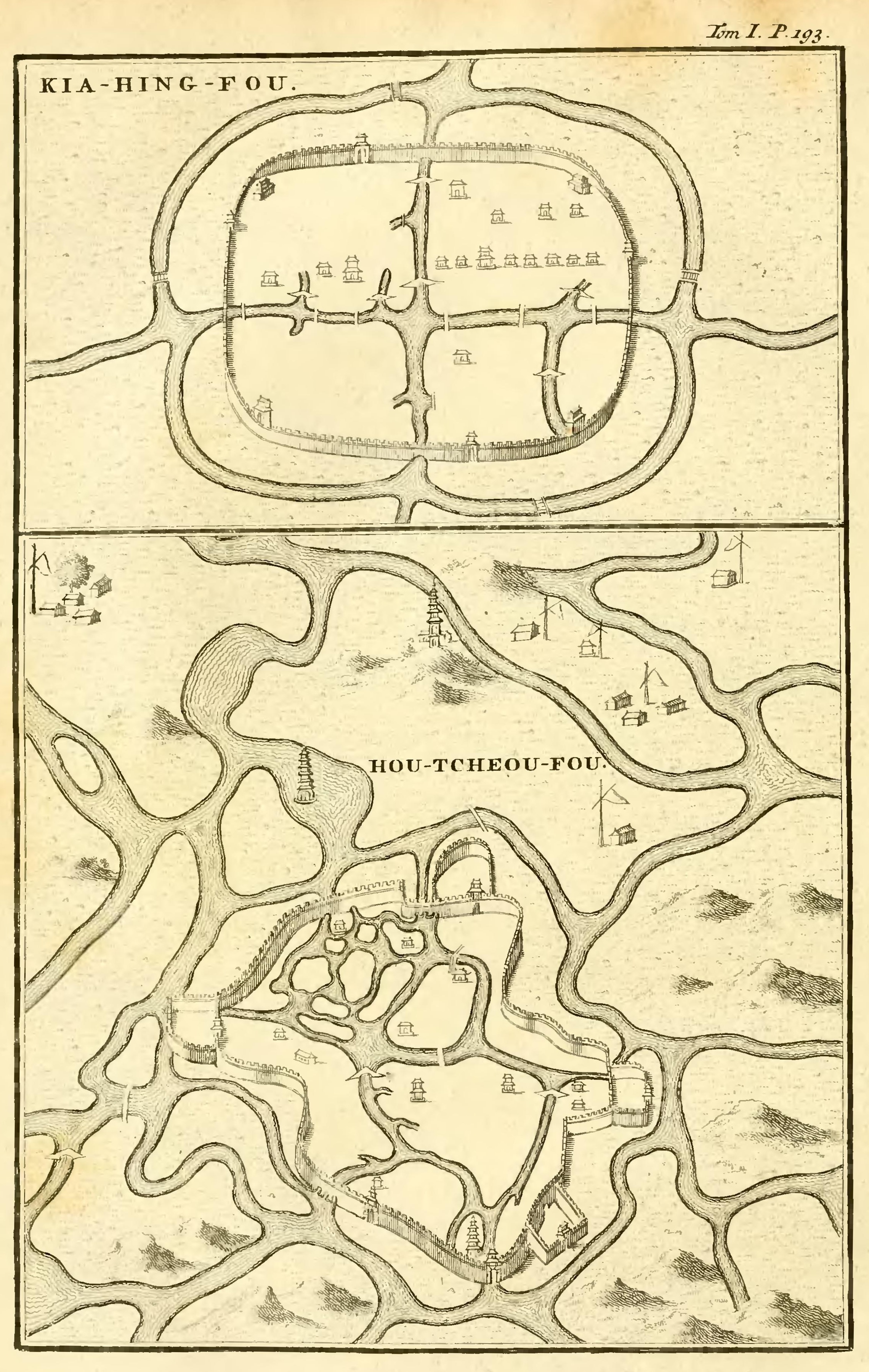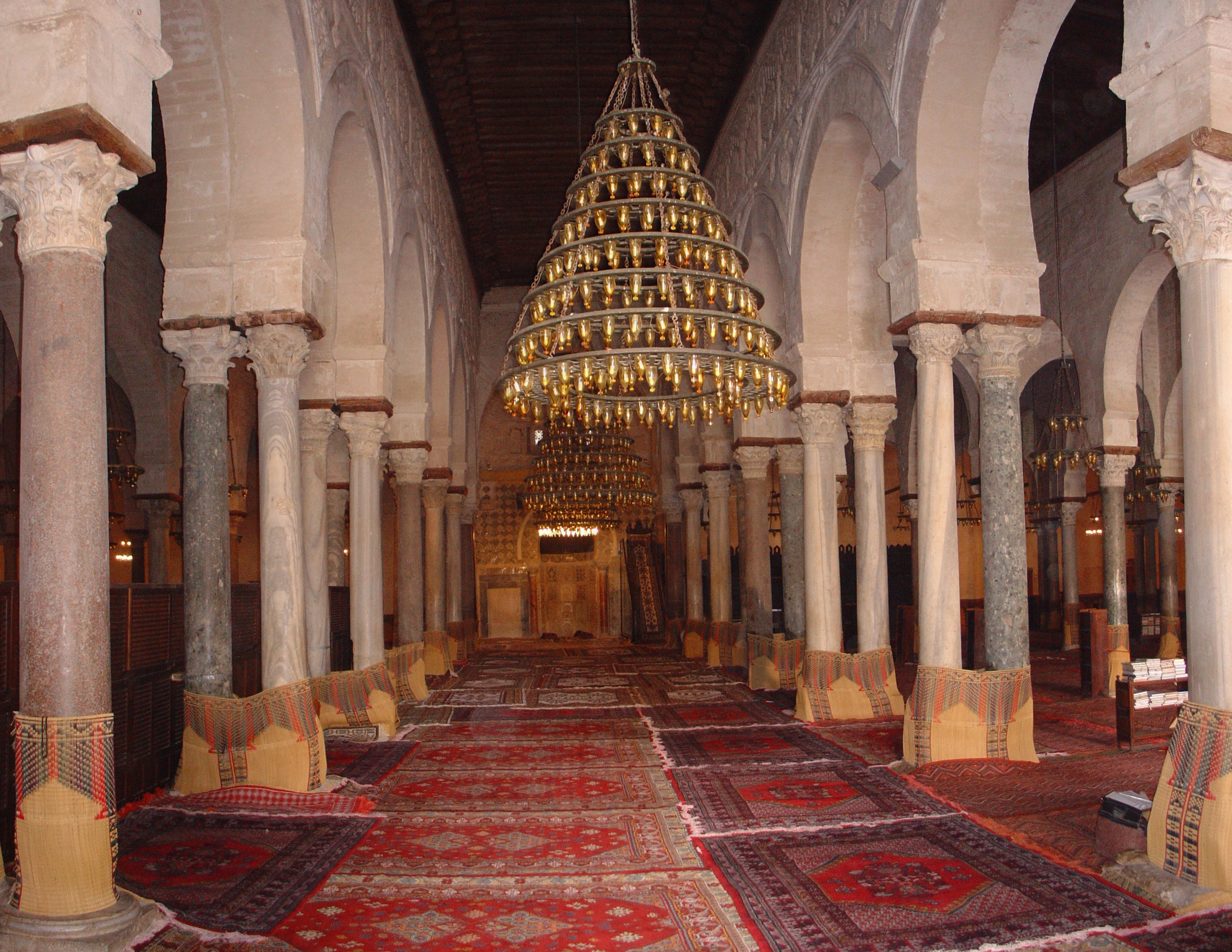|
Xitang
Xitang (), formerly known as Xietang (), Pingtang () and Xutang (), is a historic town in Jiashan County, Zhejiang, China. It borders Luxu Town in the north, Yaozhuang Town in the east, Ganyao Town in the southeast, and Tianning Town and Town in the west. As of the 2016 census it had a population of 57,400 and an area of . Xitang is a water town crisscrossed by nine rivers. The town stretches across eight sections, linked by old-fashioned stone bridges. In the older parts of town, the buildings are set along the banks of the canals, which serve as the main transportation thoroughfares in the area. History Its history dates back to at least the Spring and Autumn period (770 BC–476 BC) when it was located at the border of the State of Yue and Wu. According to legend, Wu Zixu, a well-known scholar and military general, ordered to dig many canals and a pond to facilitate water transportation and to channel water to Jiashan County, and thus Xitang is also called "Xutang". In ... [...More Info...] [...Related Items...] OR: [Wikipedia] [Google] [Baidu] |
Jiashan County
Jiashan County () is a county in the north of Zhejiang Province, bordering Shanghai to the northeast and Jiangsu province to the north. It is administered by the prefecture-level city of Jiaxing. Jiashan is nicknamed "The Land of Fish and Rice", and is southwest of central Shanghai, east of Hangzhou, and south of Suzhou. The county seat is located on 126 People Avenue, Weitang Town. The second campus of Sanda University, known as Guangbiao Institute, is located in Jiashan County. History Jiashan formerly was part of Jiaxing. In 1430, Jiashan was established. On 1 November 2022, the county was named by a guideline of the National Development and Reform Commission (NDRC) as a "leading trial area" for common prosperity. Administration divisions Jiashan County consists of six towns, three subdistricts, 11 communities, 16 residential zones and 164 administrative villages. Subdistricts * Weitang(Former Weitang, Lize, Fengnan) * Luoxing * Huimin(Former Huimin, Datong) Towns *No ... [...More Info...] [...Related Items...] OR: [Wikipedia] [Google] [Baidu] |
Water Town (China)
Water Towns, also called Canal Towns (), are certain ancient and historic towns in China known for their bridges, rivers, and canals. Such towns exist in many regions in China, although those in Jiangsu and Zhejiang provinces are often the most renowned. Canal towns are generally concentrated in the Jiangnan area which includes the Jiangsu province, Zhejiang province and Shanghai area. They are located towards the south of the Yangtze River. These river-based settlements are widely advertised as tourism destinations because of their historical and cultural representations of China. The idyllic small-town setting, which demonstrates the harmonious relationship between nature and its residents, is also another attractive factor. The distribution of residential buildings in these water towns can be categorised into three types: against the water, by the water, and across the water. They are usually characterised by some of the traditional architectural features, including eaves ga ... [...More Info...] [...Related Items...] OR: [Wikipedia] [Google] [Baidu] |
Jiaxing
Jiaxing (), alternately romanized as Kashing, is a prefecture-level city in northern Zhejiang province, China. Lying on the Grand Canal of China, Jiaxing borders Hangzhou to the southwest, Huzhou to the west, Shanghai to the northeast, and the province of Jiangsu to the north. As of the 2020 census, its population was 5,400,868 and its built-up (or metro) area made of 2 urban districts was home to 1,518,654 inhabitants. Administration Jiaxing is the birthplace of the Majiabang Culture in the Neolithic Age. The ancestors engaged in farming, animal husbandry, fishing and hunting 7,000 years ago. The prefecture-level city of Jiaxing administers 7 Administrative divisions of the People's Republic of China#County level, county-level divisions, including 2 District of China, districts, 3 county-level city, county-level cities and 2 County (People's Republic of China), counties. These are further divided into 75 Administrative divisions of the People's Republic of China#Township lev ... [...More Info...] [...Related Items...] OR: [Wikipedia] [Google] [Baidu] |
Towns Of China
When referring to political divisions of China, town is the standard English translation of the Chinese (traditional: ; zh, p=zhèn , w=chen4). The Constitution of the People's Republic of China classifies towns as fourth-level administrative units, along with, for example, townships ( zh, s=乡 , p=xiāng). A township is typically smaller in population and more remote than a town. Similar to higher-level administrative units, the borders of a town would typically include an urban core (a small town with the population on the order of 10,000 people), as well as a rural area with some villages ( zh, labels=no, s=村 , p=cūn, or zh, labels=no, s=庄 , p=zhuāng). Map representation A typical provincial map would merely show a town as a circle centered at its urban area and labeled with its name, while a more detailed one (e.g., a map of a single county-level division) would also show the borders dividing the county or county-level city A county-level city () is a Count ... [...More Info...] [...Related Items...] OR: [Wikipedia] [Google] [Baidu] |
National Cultural Heritage Administration
The National Cultural Heritage Administration (NCHA; ) is a national bureau managed by the Ministry of Culture and Tourism of China. It is responsible for the national protection of cultural relics and the regulation of museums. History After the Chinese Civil War, the State Bureau of Cultural Relics was established to protect relics and archaeological sites as well as help develop museums (though the agency languished during the political turmoil of the Cultural Revolution). Its cause was revitalized with the establishment of the State Cultural Relics Enterprises Management Bureau in 1973 to oversee the protection of cultural heritage and the State Bureau of Cultural Relics (SBCR) in 1988, under the jurisdiction of the Ministry of Culture, as the encompassing agency for conservation of Chinese culture and heritage. The agency is responsible for over 500,000 registered sites of immovable cultural relics on mainland China. This includes 2,352 sites under national protection, 9,3 ... [...More Info...] [...Related Items...] OR: [Wikipedia] [Google] [Baidu] |
Ministry Of Housing And Urban-Rural Development
The Ministry of Housing and Urban-Rural Development is a ministry of the People's Republic of China which provides housing and regulates the state construction activities in mainland China. History It was formerly known as the Ministry of Construction (). As part of US$586 billion economic stimulus package of November 2008, the government plans to: *Housing: increase the construction of more affordable and low-rent housing and the speeding up of slum demolition, to initiate a pilot program to rebuild rural homes, and a program to encourage nomads to move into permanent housing. *Rural infrastructure: improve roads and power grids in the countryside, and drinking water, including a huge project to divert water from the South to the North of China. Also, poverty relief initiatives will be strengthened. In November 2012, the Ministry established its smart cities pilot program, which became the start of a nationwide smart cities movement. From 2013 to 2015, 277 Chinese cities ... [...More Info...] [...Related Items...] OR: [Wikipedia] [Google] [Baidu] |
China National Tourism Administration
The China National Tourism Administration (CNTA) was a Chinese government authority responsible for the development of tourism affairs and was subordinate to the State Council. Its headquarters were in Beijing. History The predecessor was the China Travel and Tourism Enterprise Administration (later renamed the China Travel and Tourism Administration) established in 1964. It was once an agency directly under the State Council in charge of tourism. The CNTA was dissolved on March 19, 2018 as part of the deepening the reform of the Party and state institutions The deepening the reform of the Party and state institutions ( zh, , p=Shēnhuà dǎng hé guójiā jīgòu gǎigé, s=深化党和国家机构改革) was a large-scale reform of the institutions of the Chinese Communist Party (CCP) and the Peopl ...; the duties are merged to the Ministry of Culture and Tourism. Functions CNTA did not have the authority of a full department within the Chinese government to enforce re ... [...More Info...] [...Related Items...] OR: [Wikipedia] [Google] [Baidu] |
Button
A button is a fastener that joins two pieces of fabric together by slipping through a loop or by sliding through a buttonhole. In modern clothing and fashion design, buttons are commonly made of plastic but also may be made of metal, wood, or seashell. Buttons can also be used on containers such as wallets and bags. Buttons may be sewn onto garments and similar items exclusively for purposes of fashion, ornamentation. In the applied arts and crafts, craft, a button can be an example of folk art, studio craft, or even a miniature art object, work of art. In archaeology, a button can be a significant Artifact (archaeology), artifact. History Buttons and button-like objects used as ornaments or Seal (emblem), seals rather than fasteners have been discovered in the Indus Valley civilization during its Kot Diji phase (c. 2800–2600 BC). Buttons as apparel have been found at sites of the Catacomb culture, Russia (2500-1950 BC), at the Tomb of the Eagles, Scotland (2200–1800 BC), ... [...More Info...] [...Related Items...] OR: [Wikipedia] [Google] [Baidu] |
Hall
In architecture, a hall is a relatively large space enclosed by a roof and walls. In the Iron Age and the Early Middle Ages in northern Europe, a mead hall was where a lord and his retainers ate and also slept. Later in the Middle Ages, the great hall was the largest room in castles and large houses, and where the servants usually slept. As more complex house plans developed, the hall remained a large room for dancing and large feasts, often still with servants sleeping there. It was usually immediately inside the main door. In modern British houses, an entrance hall next to the front door remains an indispensable feature, even if it is essentially merely a corridor. Today, the (entrance) hall of a house is the space next to the front door or vestibule (architecture), vestibule leading to the rooms directly and/or indirectly. Where the hall inside the front door of a house is elongated, it may be called a passage, corridor (from Spanish ''corredor'' used in El Escorial and 100 ... [...More Info...] [...Related Items...] OR: [Wikipedia] [Google] [Baidu] |
Ming Dynasty
The Ming dynasty, officially the Great Ming, was an Dynasties of China, imperial dynasty of China that ruled from 1368 to 1644, following the collapse of the Mongol Empire, Mongol-led Yuan dynasty. The Ming was the last imperial dynasty of China ruled by the Han people, the majority ethnic group in China. Although the primary capital of Beijing fell in 1644 to a rebellion led by Li Zicheng (who established the short-lived Shun dynasty), numerous rump state, rump regimes ruled by remnants of the House of Zhu, Ming imperial family, collectively called the Southern Ming, survived until 1662. The Ming dynasty's founder, the Hongwu Emperor (1368–1398), attempted to create a society of self-sufficient rural communities ordered in a rigid, immobile system that would guarantee and support a permanent class of soldiers for his dynasty: the empire's standing army exceeded one million troops and the naval history of China, navy's dockyards in Nanjing were the largest in the world. H ... [...More Info...] [...Related Items...] OR: [Wikipedia] [Google] [Baidu] |
Lane
In road transport, a lane is part of a roadway that is designated to be used by a single line of vehicles to control and guide drivers and reduce traffic conflicts. Most public roads (highways) have at least two lanes, one for traffic in each direction, separated by lane markings. On multilane roadways and busier two-lane roads, lanes are designated with road surface markings. Major highways often have two multi-lane roadways separated by a median. Some roads and bridges that carry very low volumes of traffic are less than wide, and are only a single lane wide. Vehicles travelling in opposite directions must slow or stop to pass each other. In rural areas, these are often called country lanes. In urban areas, alleys are often only one lane wide. Urban and suburban one lane roads are often designated for one-way traffic. History For much of human history, roads did not need lane markings because most people walked or rode horses at relatively slow speeds. However, when ... [...More Info...] [...Related Items...] OR: [Wikipedia] [Google] [Baidu] |
World Heritage Site
World Heritage Sites are landmarks and areas with legal protection under an treaty, international treaty administered by UNESCO for having cultural, historical, or scientific significance. The sites are judged to contain "cultural and natural heritage around the world considered to be of outstanding value to humanity". To be selected, a World Heritage Site is nominated by its host country and determined by the UNESCO's World Heritage Committee to be a unique landmark which is geographically and historically identifiable, having a special cultural or physical significance, and to be under a sufficient system of legal protection. World Heritage Sites might be ancient ruins or historical structures, buildings, cities, deserts, forests, islands, lakes, monuments, mountains or wilderness areas, and others. A World Heritage Site may signify a remarkable accomplishment of humankind and serve as evidence of humanity's intellectual history on the planet, or it might be a place of grea ... [...More Info...] [...Related Items...] OR: [Wikipedia] [Google] [Baidu] |






